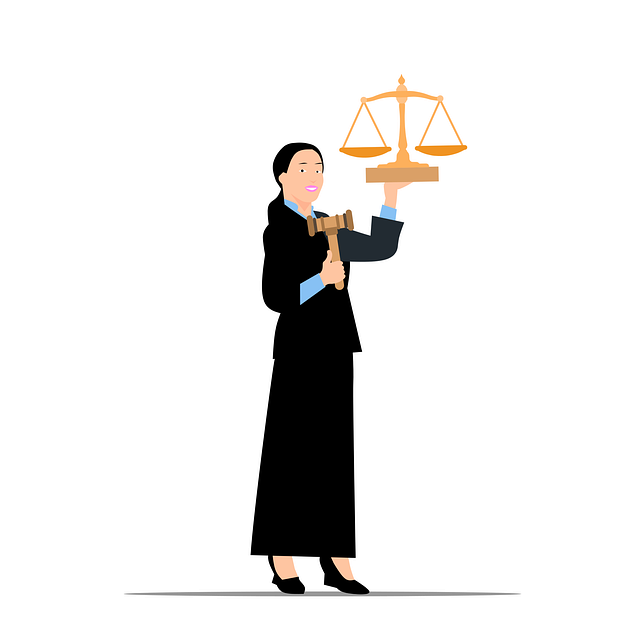Determining car accident fault is a multifaceted process where insurers assess driver behavior, vehicle conditions, witness statements, police reports, and medical records. Key factors include speeding, maintenance history, weather, and legal considerations like medical negligence or nursing home neglect. Insurance companies rely on established policies and legal representation to ensure fair and consistent fault assignments, especially in complex cases involving potential legal action.
When a car accident occurs, determining fault is crucial for insurance companies. This article explores the multifaceted process behind assigning liability in such cases. We delve into the steps insurance providers take, from assessing damages to considering specific factors and legal frameworks. Understanding these elements is essential for policyholders as it impacts claims resolution. By examining how insurance companies decide car accident fault, individuals can gain valuable insights into their rights and the overall claims process.
- Understanding the Insurance Assessment Process
- Factors Determined to Assign Fault
- The Role of Legal Considerations and Policies
Understanding the Insurance Assessment Process

When a car accident occurs, determining fault is a crucial step in the insurance claims process. Insurance companies employ a systematic assessment process to evaluate the circumstances surrounding the incident. This involves examining various factors such as driver behavior, vehicle conditions, and environmental influences. By analyzing these elements, insurers can accurately assign liability for the accident.
The assessment often begins with a detailed review of the claim, including witness statements, police reports, and medical records (in cases involving injuries). For instance, if there are indications of nursing home neglect or medical negligence leading to an accident, these aspects will be thoroughly investigated. Understanding these factors is essential for both parties involved—policyholders seeking compensation and insurance providers making fair assessments—to ensure a just resolution in the event of a car accident fault.
Factors Determined to Assign Fault

When determining car accident fault, insurance companies consider several key factors to assess liability. These include evaluating the actions and behaviors of all involved drivers, examining the physical evidence from the scene, and analyzing witness statements. Each of these elements plays a crucial role in constructing a clear picture of what transpired during the incident.
The primary focus is often on the driver’s negligence or adherence to traffic rules. Factors like speed, failure to yield, running red lights, or not wearing a seatbelt can strongly influence fault determination. Additionally, insurance providers might look into the maintenance history of the vehicles and weather conditions present at the time of the accident, as these could contribute to or mitigate liability. Understanding these factors is essential for anyone considering legal action, such as consulting with an auto accident lawyer, especially in complex cases involving medical malpractice or employment disputes.
The Role of Legal Considerations and Policies

When determining car accident fault, insurance companies rely heavily on legal considerations and policies established to guide their assessments. These guidelines are crucial in navigating complex scenarios where multiple parties might be involved, and assigning liability is not straightforward. Insurance policies dictate the criteria for evaluating fault, ensuring a consistent approach across different cases.
Legal representation plays a significant role in this process, as insurance providers often consult legal experts to interpret laws and regulations related to car accidents. This ensures that their decisions align with the jurisdiction’s rules, especially when dealing with issues like product liability or property damage claims. By adhering to these legal frameworks, insurance companies can maintain fairness and consistency in their fault determination practices.
When determining car accident fault, insurance companies employ a multi-faceted approach that considers both subjective and objective factors. By understanding the assessment process, evaluating key determination factors, and recognizing legal influences, individuals can better navigate the claims process. Ultimately, a thorough knowledge of these dynamics ensures fair compensation for all parties involved in a car accident.






